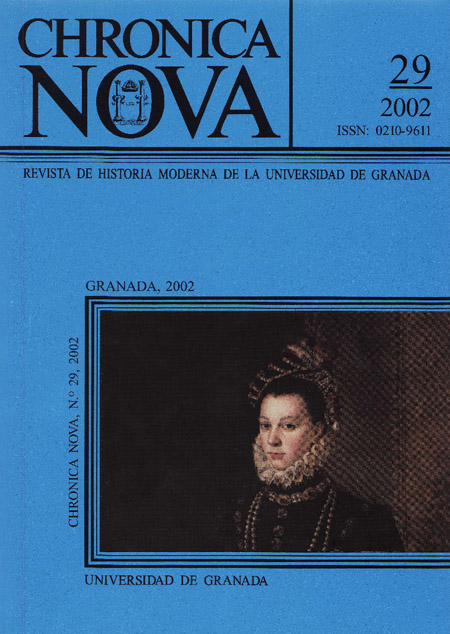The procurator of number of the Real Audience of Mexico, 1776-1824.Proposal for a history of the administration of justice in the Old Regime through their officers
DOI:
https://doi.org/10.30827/cn.v0i29.1999Keywords:
Government and justice, Public administration, New Spain, Eighteenth Century Mexico’s Courts, Lawyers and attorneys, Sales of public officesAbstract
New Spain, 1807. An eleven years old child was given in property the office of procurador de número of the Real Audiencia de México. This Court Attorney’s office was a venal and public office, and a very important employment in the administration of justice: they managed the lawsuits in representation of litigants. Was this assignation an act of corruption of the Spaniard authorities in America? Dubiously. Four years later, the Consejo de Regencia confirmed this child on charge. This example gives us the opportunity of explores the world of justice and institutions in the latest years of the Bourbon’s rule in America. After reforms, those kind of medieval offices lived together with other modem employments in public administration. The survival of those ancient officers in such areas like justice administration gives us the chance of inquiring about the structure of institutions, and about the meaning and nature of justice in Eighteenth Century Spanish Monarchy. Through this, there is an invitation to consider the ways of research and the results given by the historiography on the subject.Downloads
Downloads
How to Cite
Issue
Section
License
Nuestra revista se atiene a las recomendaciones para la implementación del Artículo 37 Difusión en Acceso Abierto de la Ley de la Ciencia, la Tecnología y la Innovación:
- Los/as autores/as cuyas contribuciones sean aceptadas para su publicación en esta revista conservarán el derecho no exclusivo de utilizar sus contribuciones con fines académicos, de investigación y educativos, incluyendo el auto-archivo o depósito de los artículos aceptados en repositorios institucionales o temáticos de acceso abierto de cualquier tipo en un plazo máximo de seis meses.
- Preferiblemente se permitirá el uso de la versión publicada de las contribuciones científicas, que estarán accesibles en abierto tan pronto como sea posible.
-
Que en caso de que el trabajo sea aprobado para su publicación, el/la autor/a autoriza de manera ilimitada en el tiempo a la entidad editora para que incluya dicho texto en Chronica Nova y pueda reproducirlo, editarlo, distribuirlo, exhibirlo y comunicarlo en el país y en el extranjero por medios impresos, electrónicos, CD, Internet o cualquier otro medio conocido o por conocer.






 ISSN-e: 2445-1908
ISSN-e: 2445-1908










